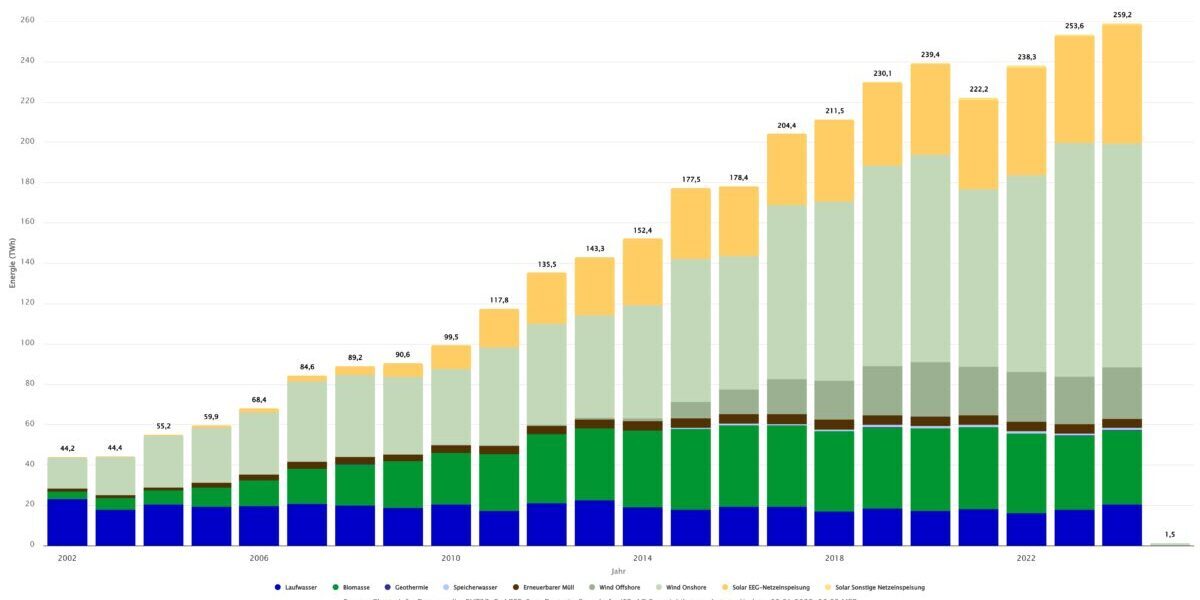After 2023 set the record as the sunniest year of the century, 2024 brought more varied irradiance trends, according to analysis using the Solcast API. Variations in weather patterns, including El Niño and regional droughts, shaped solar energy performance worldwide. Despite the data showing that 2024 was the 2nd hottest year on record, that is not directly correlated with irradiance, and the solar picture is more varied around the world.

While regions like South America and sub-Saharan Africa enjoyed a relatively sunny year, others, including Canada, Western Europe, and India, faced increased cloud cover and lower solar production potential. Eastern Europe and southern Australia emerged as bright spots, benefiting from localized weather patterns that favored clear skies.
Americas
Canada and Alaska experienced a notably cloudy year in 2024, with solar irradiance dipping below the long-term average across much of the region. In contrast, the Midwest of the United States enjoyed increased irradiance, while most other areas, including the Gulf Coast
and Florida, saw typical or below-typical solar conditions. A particularly active storm season in the Gulf contributed to reduced irradiance in the southeastern United States.
Further south, Mexico and South America generally experienced well-above-average solar conditions. Drought conditions in the Amazon, with less evaporation and less tropical afternoon convective cloud formation, were key drivers of the exceptional sunshine in the region.

Europe and Africa
2024 reversed the sunny trend in Europe from 2023, with conditions diverging significantly between Western and Eastern regions.
Western Europe faced cloudier-than-usual skies as well as several significant storms, though the Iberian Peninsula had near-typical conditions. Eastern Europe, however, was sunnier than the long-term average, offering strong potential for solar production.
Meanwhile, Sub-Saharan Africa also experienced higher-than-average irradiance, on top of the already high long-term average, reinforcing the region's solar energy potential.

Asia and Oceania
India faced an unusually cloudy year with below-average solar potential. This was influenced by rainy conditions during the southwest monsoon over India, which was more active in 2024 than usual. However, inland China continued to experience higher irradiance, likely influenced by reduced aerosol loads.
Solar conditions in much of Southeast Asia were slightly above average although in parts of Maritime Southeast Asia, including Indonesia, Malaysia, and surrounding areas, irradiance remained near or lower than typical with higher than usual rainfall. Similarly, Northern China, the Korean Peninsula and Japan recorded marginally lower-than-average irradiance.
In Australia, several monsoon episodes, tropical cyclones and thunderstorm outbreaks brought cloudy conditions to northern Australia. However, dry, northwesterly winds brought sunnier-than-usual weather to southern regions.
Whilst 2024 saw less irradiance than previous years, the rapid and ongoing increase in solar capacity meant that global solar production set new records everywhere. As capacity increases, every year sets a new record for solar production, renewable share of power generation, and potential for change in the energy transition.
Solcast produces these figures by tracking clouds and aerosols at 1-2km resolution globally, using satellite data and proprietary AI/ML algorithms. This data is used to drive irradiance models, enabling Solcast to calculate irradiance at high resolution, with typical bias of less than 2%, and also cloud-tracking forecasts. This data is used by more than 300 companies managing over 150GW of solar assets globally.
The views and opinions expressed in this article are the author’s own, and do not necessarily reflect those held by pv magazine.
This content is protected by copyright and may not be reused. If you want to cooperate with us and would like to reuse some of our content, please contact: editors@pv-magazine.com.



By submitting this form you agree to pv magazine using your data for the purposes of publishing your comment.
Your personal data will only be disclosed or otherwise transmitted to third parties for the purposes of spam filtering or if this is necessary for technical maintenance of the website. Any other transfer to third parties will not take place unless this is justified on the basis of applicable data protection regulations or if pv magazine is legally obliged to do so.
You may revoke this consent at any time with effect for the future, in which case your personal data will be deleted immediately. Otherwise, your data will be deleted if pv magazine has processed your request or the purpose of data storage is fulfilled.
Further information on data privacy can be found in our Data Protection Policy.